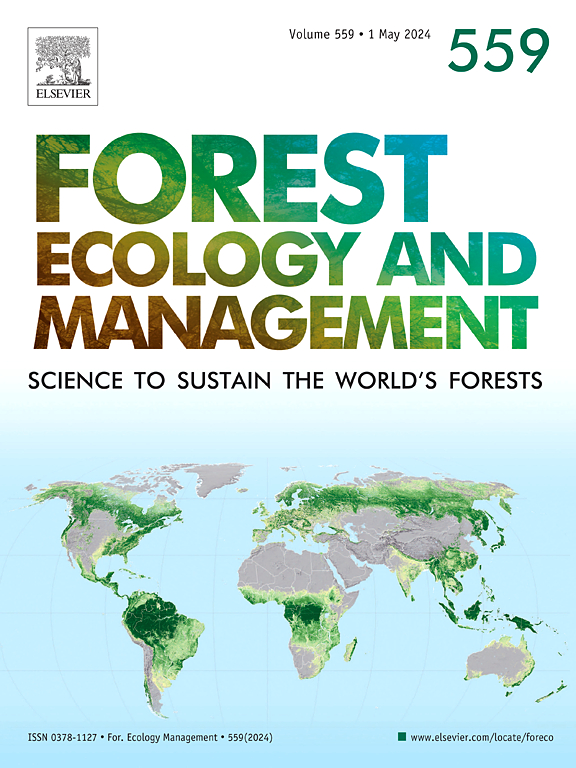Fuel treatment of wildland vegetation is the primary approach advocated for mitigating fire risk at the wildland–urban interface (WUI), but little systematic research has been conducted to understand what role fuel treatments play in controlling large fires, which factors influence this role, or how the role of fuel treatments may vary over space and time. We assembled a spatial database of fuel breaks and fires from the last 30 years in four southern California national forests to better understand which factors are consistently important for fuel breaks in the control of large fires. We also explored which landscape features influence where fires and fuel breaks are most likely to intersect. The relative importance of significant factors explaining fuel break outcome and number of fire and fuel break intersections varied among the forests, which reflects high levels of regional landscape diversity. Nevertheless, several factors were consistently important across all the forests. In general, fuel breaks played an important role in controlling large fires only when they facilitated fire management, primarily by providing access for firefighting activities. Fire weather and fuel break maintenance were also consistently important. Models and maps predicting where fuel breaks and fires are most likely to intersect performed well in the regions where the models were developed, but these models did not extend well to other regions, reflecting how the environmental controls of fire regimes vary even within a single ecoregion. Nevertheless, similar mapping methods could be adopted in different landscapes to help with strategic location of fuel breaks. Strategic location of fuel breaks should also account for access points near communities, where fire protection is most important.
Comparing the role of fuel breaks across southern California national forests


